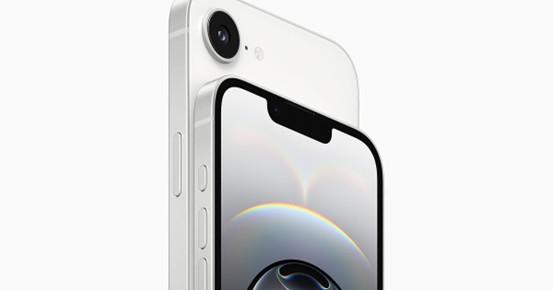A great payments service is not enough to stem the tide.
- While Apple continues to expand the reach of Apple Pay, Samsung is looking to save its bacon with a competing offering.
- This would bring Samsung into direct competition with Google Wallet and it is unclear how this relates to the non-compete agreement that the two companies have in the mobile ecosystem. (see here).
- Apple has added another 10 banks to the Apple Pay system meaning that 90% of US card transactions could be supported by Apple Pay.
- The piece that is still missing is the merchants where around 250,000 out of 3m retail outlets in US are NFC enabled.
- Even if Apple Pay is wildly successful, its reach will still be limited as it will only be available on iOS devices which are in the hands of around 13% of smartphones users across the world.
- This is the most lucrative 13%, but it still leaves plenty on the table for other offerings should they come up with offerings with similar ease of use.
- To this end, Samsung has been in discussion with a company called Loop Pay and there is the potential for these two to solve each other’s problems.
- Loop Pay consists of a piece of hardware that wirelessly transmits the data of the card to the sensor in the card terminal that reads the magnetic stripe.
- This means that any card can be read by any terminal and LoopPay claims that its technology already works at 10m merchants worldwide.
- LoopPay also includes an app. to manage all of the stored cards and to ensure that the appropriate security is observed when making a transaction.
- There are two disadvantages:
- First: The user still has to sign or enter a PIN to complete the transaction making using LoopPay no less onerous than using the original card.
- Second: It requires the user to have a case on his device that turns it into a brick or to carry around an extra fob.
- This is why LoppPay sells itself on “leave your wallet” at home rather than a much easier way to pay.
- LoopPay expects to enable tokenised transactions in 2015E which should solve the first problem.
- If Samsung integrates the LoopPay hardware into its mobile phones, this would solve the second problem.
- RFM thinks that the LoopPay transmitter is small enough to be integrated without any impact on the size or weight of the device.
- Hence, it is not inconceivable that Samsung and LoopPay together could come up with a solution almost as good as Apple Pay but how would this help Samsung?
- LoopPay prides itself on supporting any card and a very large range of smartphones meaning that this is not going to be a service that is exclusive to Samsung handsets.
- If it becomes successful, all the others will begin embedding the hardware as well meaning that any differentiation that Samsung would have created will be gone.
- To keep it exclusive, Samsung will have to buy the company which is unlikely to come cheap given the hype that has been created by Apple Pay.
- Consequently, I do not believe that this will save Samsung and that far more needs to be done if the Galaxy S6 and Note 5 are not to be yet more flops.
- I still fear that Samsung’s handset business will test negative territory in 2015E and still see downside to KRW1,000,000 on the share price.
- Microsoft, Google and Apple are far safer places to be.









Blog Comments
Tim Nash
December 17, 2014 at 2:49 pm
Providing Samsung continues to make available Google Wallet, it may be able to make Loop Pay the default on its phones without breaking the agreement with Google. Clearly Samsung needs a mobile payment system in the US which supports the users current credit cards so that carrier sales staff can say you can use it just like Apple Pay, otherwise Samsung’s US market share – one of the few markets where it is growing – is likely to drop. This does however look like yet another band aid solution.
IMO Samsung’s best long term hope is to make a 64 bit ARM design which is performance competitive with Qualcomm. Then, with its component manufacturing strength in other areas, it will be able to maintain better margins than the rest of the Android sector. Easier said than done.